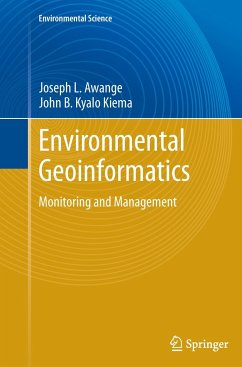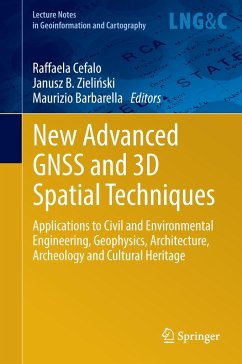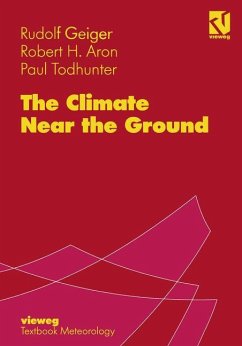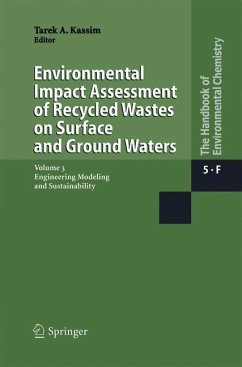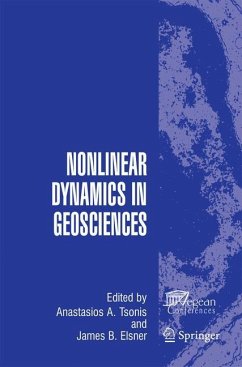
Models in Environmental Research

PAYBACK Punkte
19 °P sammeln!
In most natural sciences, modeling is a widespread method of gaining new knowledge about natural and technical systems. This book analyses the concepts of 'model' and 'modeling' in different fields of research. The different methods of modeling as well as the potentials and limits of this concept are reflected and discussed. The book presents a variety of modeling techniques, from mathematical models in climatology, meteorology or oceanography to methods used in morphology, decision-making in ecology and physical modeling in oceanography. In this broad overview regarding modeling, the book is ...
In most natural sciences, modeling is a widespread method of gaining new knowledge about natural and technical systems. This book analyses the concepts of 'model' and 'modeling' in different fields of research. The different methods of modeling as well as the potentials and limits of this concept are reflected and discussed. The book presents a variety of modeling techniques, from mathematical models in climatology, meteorology or oceanography to methods used in morphology, decision-making in ecology and physical modeling in oceanography. In this broad overview regarding modeling, the book is unique.





